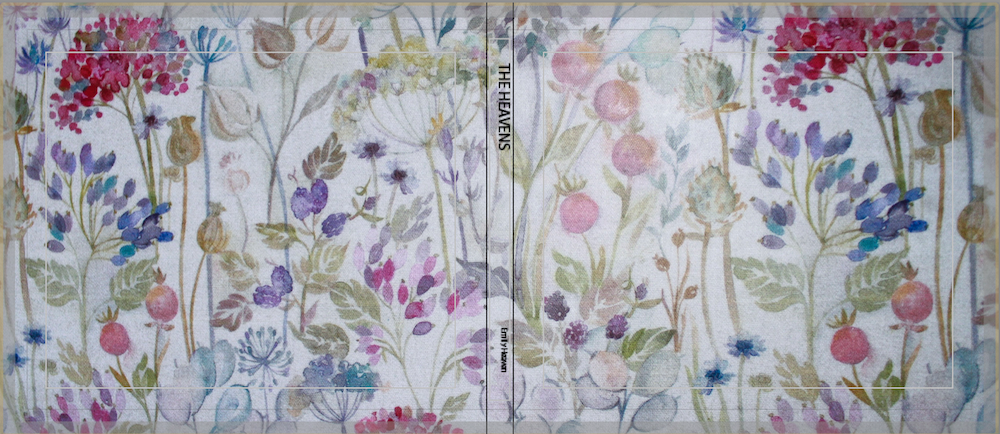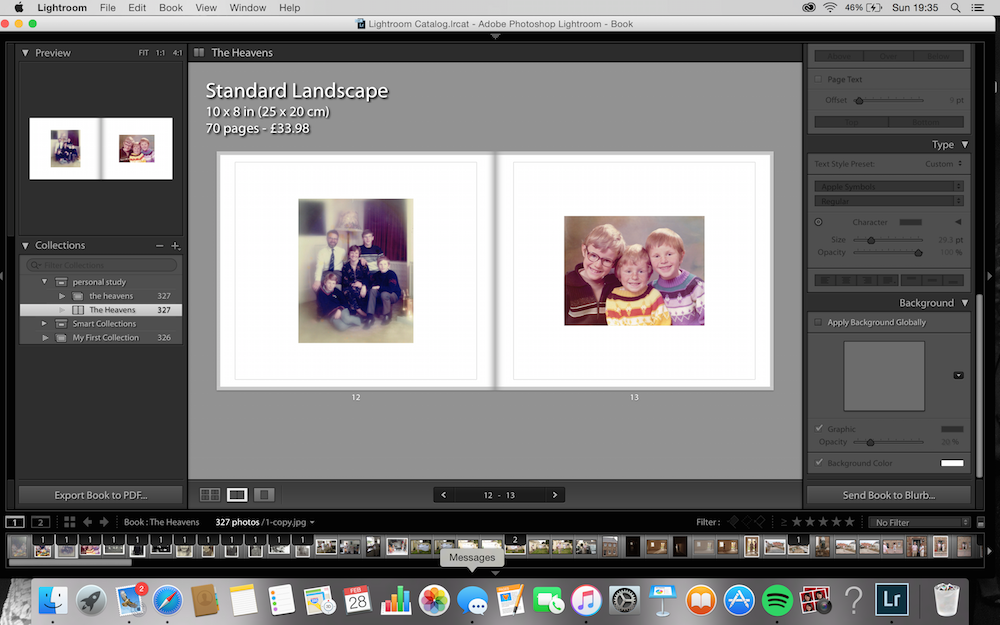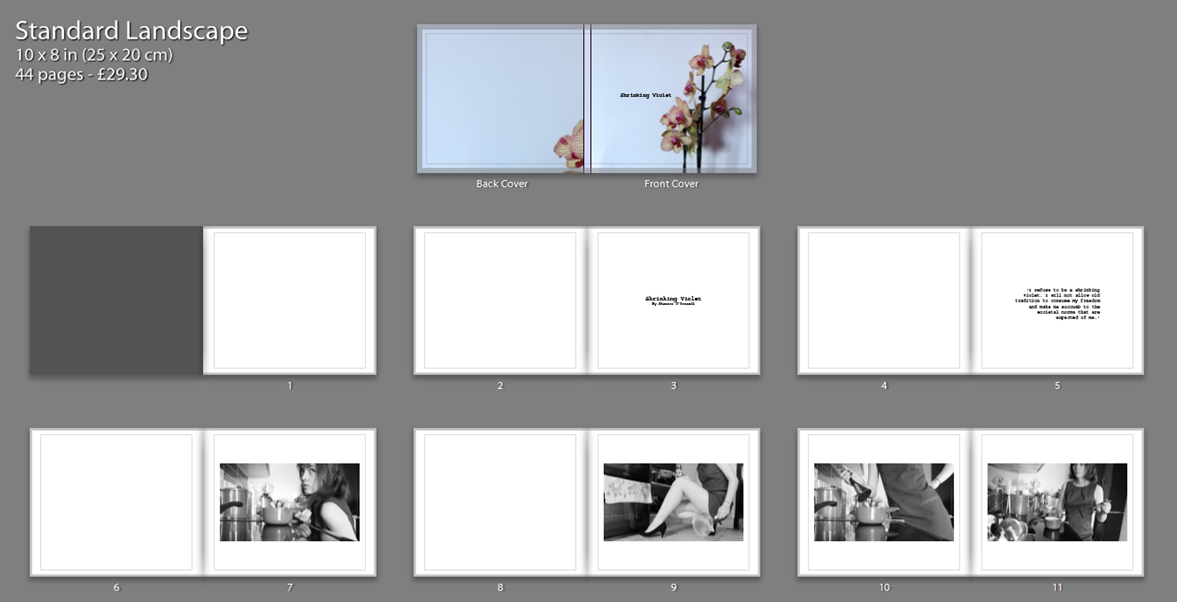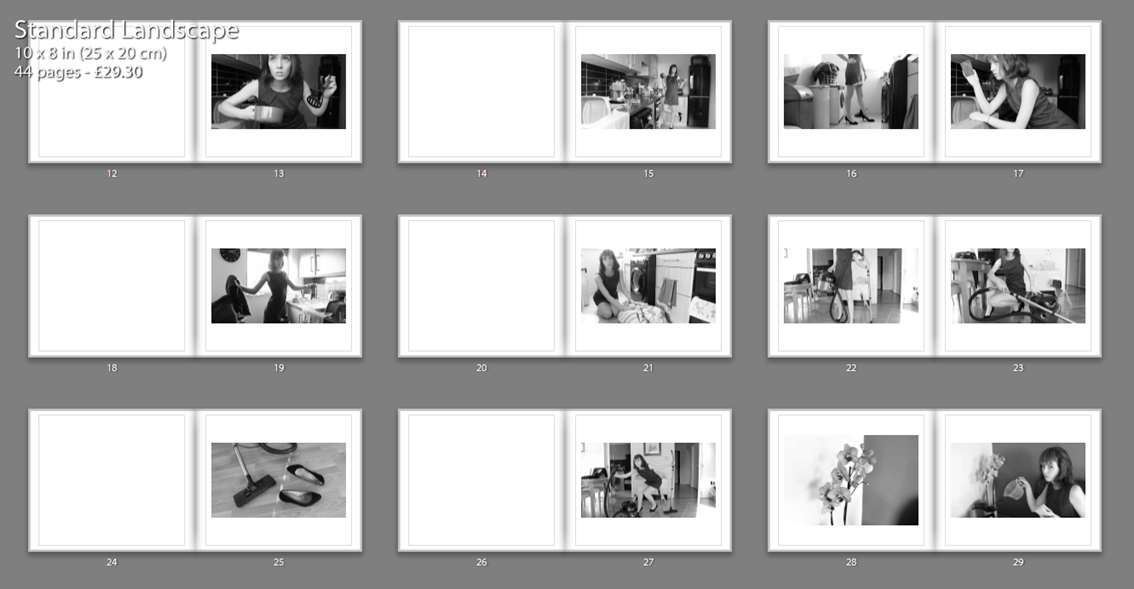Essay question:
How has ancient Greek statues influenced the perception of the male form, with reference to other artists regarding how they express the male physique.
“Ancient statues are looked at and not seen” – James Davidson
When people imagine how they want their body to look like, we don’t usually think that our inspiration came from Greek sculptures, usually this has come from either internal or external forces that have created our ‘obsession’ with us having the ‘perfect’ body. When looking at Greek sculptures it is hard to not notice there “superb imperial torsos” [1] and I think that when noticing this it is clear where males have their aspirations for the ideal body from. Even from around 438BC it is obvious that this idea of the ideal body was formed, younger generations are now being influenced by this idea and there is a growing increase in the amount of younger boys and girls who are entering the gym to try and improve their bodies. Also when looking at the photography that takes place involving the male physique you mainly come across media campaigns or on the other end of the scale body building competitions, this is where the body builder will use other aspect to improve the appearance of their body, for instance fake tan to make them look more defined and the use of anabolic steroids to enhance their bodies, the photographer will also usually use harsher lighting to improve the aesthetical appearance of them.  When looking into what I wanted to focus on for my personal study, I thought it would be interesting to look into why younger males over the past few years have become increasingly interested in working out in the gym. As my subject is a regular gym goer, I am going to study him by taking images of his gym workouts, what he eats, but I also want to take a studio shoot, so that I can take images that are similar to ones that would be featured in a magazine spread. I am going to do this so that I can see what younger males do to achieve the perfect body which they desire, and how much hard work they need to put it to achieve it. I am planning on asking a questionnaire around my subject and his friends but also some females as to why they go to the gym, and what motivates them to go. By asking these sorts of questions I will gain an insight into whyyounger generations are taking an interest into the gym. I will be looking into what affects their characters and what goals they have in life, as usually they have gym goals that they want to reach.
When looking into what I wanted to focus on for my personal study, I thought it would be interesting to look into why younger males over the past few years have become increasingly interested in working out in the gym. As my subject is a regular gym goer, I am going to study him by taking images of his gym workouts, what he eats, but I also want to take a studio shoot, so that I can take images that are similar to ones that would be featured in a magazine spread. I am going to do this so that I can see what younger males do to achieve the perfect body which they desire, and how much hard work they need to put it to achieve it. I am planning on asking a questionnaire around my subject and his friends but also some females as to why they go to the gym, and what motivates them to go. By asking these sorts of questions I will gain an insight into whyyounger generations are taking an interest into the gym. I will be looking into what affects their characters and what goals they have in life, as usually they have gym goals that they want to reach.
Eadweard Muybridge’s looks into the idea of capturing movement within an image, this idea is called chronophotography, this type of photography was invented for scientists to study how the human body worked while it moved. One of the first chronophotography images was of a horse which is galloping, showing how at one point all four of the horse’s hooves are off the floor. This concept can be related to when looking at image of the physique and how movement changes how the body is displayed in an image. Using similar techniques to how body builders improve the appearance of their body, males make sure that they have their torso and other muscles in their body tensed so that they appear bigger. I think that this can also be related to how males unconsciously feel that they have competition between other males to have the best body, this may be to compete to get girls, or could be to impress other men. In relation to Greek statues they can be seen as one frame of the movement, and the muscles that the Greek sculptures are showing shows the statue capturing the movement. 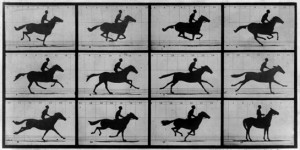
In Robert Mapplethorpe’s book ‘Robert Mapplethorpe and the Classical Tradition’ he focuses on images from around the 16th century of Greek classical structures, mostly consisting of the male physique. The sculptures are very muscular, which when taken in the 16th century it is not something that you would think everyone would be interested in or aspiring to look like. Also these images from the 16th century raise questions as to whether this is why people nowadays have been so interested in going to the gym and transforming their body from hard training and eating a strict diet. Mapplethorpe’s images consist of his own images of body builders, most of which are naked and taken from different angles. These images of the male physique can be considered to show how contemporary men aspire to look like, which is why younger men are spending more time in the gym trying to improve their body. When asking my subject why he started going to the gym he said it was to “get bigger because he was scrawny” and also initially to “impress girls” I also asked some of my subjects friends and all of them said that it was for them to “get bigger” and to “build muscle”. I think that it is interesting in how the images from the late 16th century show muscular men, and it raises the question as to whether men have always felt that they need to look like their idol, the person they aspire to be. ‘I have boundless admiration for the naked body. I worship it… sometimes, looking at a model, you think you have found nothing. Then, all at once, little by little, nature reveals itself, a strip of flesh appears, and the shred of truth conveys the whole truth and enables you to rise at a single bound, to the absolute principle of things’[2], Mapplethorpe arguably implies by him having admiration for the naked body that he believes the body to be a sculpture, of which something that can be moulded into something that you want it, as if the human body is a piece of art. Furthermore I think that it can be argued that men consciously do not think that they are aspiring to look like their idol, but unconsciously they think that this is what they need to look like, to look like the ‘perfect’ man, with an amazing physique. I think that social media also has an influence on how people consider their bodies, as unconsciously we desire to look like them as they are in the public eye. Articles that are in magazines show the men to be muscular, and this is what they post as to what is the ‘perfect form’, and the main aspect of the image is the male’s torso.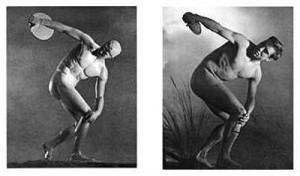
In regard to my images I was greatly influenced by Robert Mapplethorpe’s images and through this I took images in a studio to try and get similar quality images. Through this I got my subject to pose in different positions to try and show off his muscles, to try and show how he has been influenced by the media and also other men who have been around him. I used one-point lighting to take this image to create deep and dark shadows to accentuate the muscles and make them stand out more, as Joachim Ladefoged did in his monograph called ‘Mirror’ which showed body builders before their competition doing exercises to build up the appearance of their muscles. In my image I wanted to get the oblique’s showing as I think that this, alongside the desired six pack is what men aspire to look like. By using one-point lighting the shadows are deepened and the muscles are highlighted accentuating them. I chose to change this image into black and white because I think that it shows direct link to Robert Mapplethorpe’s work as most of his images are in black and white, and I think that it makes the images appear more professional.
I think that bodybuilding competitions are a way for men to show off all of the hard work that they have put in to get their desired figure, and I also think that for some men going to the gym is their hobby and they do it because they enjoy it, and because going to the gym makes them feel better, on the inside and on the outside. Personally I go to the gym and I am very interested in living a healthy lifestyle and doing things that make me feel good about myself. In comparison to men I think that women usually go for different reasons, I asked some girls who said they go “to lose weight, tone up and to feel good about themselves when they wear something”, whereas when I asked my subject and his friends why they go to the gym they said it was “to impress girls and to compete with other men”, but they also go to “feel better about themselves”. When going into the gym it is hard not to notice the growing increase in younger men and women who are going into the gym, mainly male dominated the men go to build muscle and shred down for summer. The weights in the gym are mainly filled with groups of men, but also young men working together to help one another achieve the perfect body to impress women.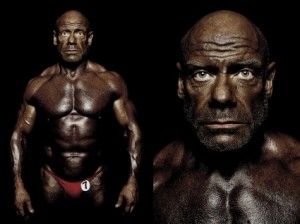
When looking around to see the relationship between Greek sculptures I noticed an article by James Davidson called ‘Naked Ambition’, in this he pointed out that the nudity of the male sculptures has become normal to us over the past 2,500 years, and it is what we expect from ancient statues. Most statues are ignored when going around a museum and people do not tend to focus on them as art pieces, and they also do not look at the significance of the statues masculine figures. ‘Ancient statues are looked at and not seen’, [3] I thought that this was an important quote because when noticing Greek statues Davidson states that there is something which all of the statues seem to have, a ‘superb imperial torso that would not disgrace the cover of Men’s Health magazine’[4]. I think that this shows how even since 300BC when human sculptures were formed; there was still an idea of the ‘perfect male’ and how men had to have a perfect torso to make them attractive. The ‘Greek nude’ which Davidson addresses is to do with nudity in practice, Greek homosexuality, a passion for gymnasium and also athletics. One concept which Davidson also relates to seems to be the idea of male body building, ‘a Nudity was a kind of costume, an idea enhanced by the face that much time seems to have been spent oiling oneself up and scraping oneself down’ [5]. I think that this implies the idea of bodybuilding and how men choose to make themselves look as muscular as possible by using other facts to enhance their personal appearance, for example fake tan and the use of steroid and other banned substances before their competitions.
I was inspired by Leni Riefenstahl’s film ‘Olympia’ produced in 1938 in Germany as a documentary film. Parts of this film show famous dive scenes which are 4 minutes long in the first edition and then 50 seconds long in the second edition. In 1938 when ‘Olympia’ was produced advanced techniques were used including unusual camera angles, smash cuts and extreme close-ups. When looking at the images from the film ‘Olympia’ it is clear that they are all similar in a sense that they are all muscular, this is so that they can complete their sport to their full ability. The images show strong body figures, which relates to classical Greek sculptures, this is because of the masculine figures, but also because of the postures and shape of the males bodies. This image shows how the images from the film ‘Olympia’ can be related to the classical Greek sculptures because some images copy how the Greek structures have been built. Moreover this arguably shows how these muscular figures have influences younger generations, but even older generation and made them unconsciously want to have a similar body type/image. Most if not all of the position which the subjects are standing in have strong postures, a perfect form. Arguably this shows how they are strong, as are the Greek statues. In comparison to body building photos, for instance Mapplethorpe’s image of Arnold Schwarzenegger, there are similarities in how they all pose, as they all have strong body postures which show off their muscles and make them a solid structure, like a statue. As you can also see in my image which I took of my subject in the studio you can see similarities in how they are tensing their muscles to create a solid form, to make themselves as solid as possible.
The perfect form is something that we all arguably aspire to be like, even when we do not consciously think we want to look like them. When looking around in today’s modern society we are flooded with images and also knowledge on how to achieve this ‘perfect body’ that everyone talks about. Plato, one of the first philosophers proposed the idea of the theory of ‘Forms’, which is a non-material abstract. ‘When used in this sense, the word form or idea is often capitalized’. [6] Plato suggests that these forms or ideas are the ‘only true subjects of study’ [7] and he proposed that there is the perfect form or the ultimate thing to be. Plato states that everyone in this world has the perfect idea of what they want to be, and in terms of physique, everyone has the perfect body in which they aspire to look like, but Plato says that all of these things are trying to be the perfect form, so in this case they are ‘mimicking’ the perfect form. It can be questioned as to whether everyone has their own perfect form of what they want. Plato uses the idea of a triangle to relate this to, as he says that someone’s idea of the perfect form never changes over time. For example, it can be questioned as to whether over time peoples idea of the perfect body had changed since even in the BC era, and looking back at Greek statues it shows that people still seem to look up to their ‘perfect form’. The forms can be seen as perfect themselves because they do not change. The example of the triangle is described to be as to when someone draws a triangle on a piece of paper, it cannot be said to be beautiful, as it is just a triangle, however the form ‘triangle’ which allows us to understand that the picture on the piece of paper is a triangle is perfect as it is unchangeable. This is because the idea and the concept of the triangle is the same to everyone, which can be said for body image, and it can be questioned as to whether everyone has the same body images which they look up to, or as we are all individuals, whether we all have a different ‘perfect form’ which we aspire to look like.


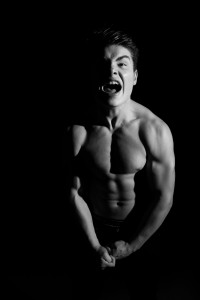
In relation to my own images I have found Mapplethorpe to be the most influential approach to this particular style of photography. Therefore a great deal of my images reflects his interpretation of Greek statues and body building images in relation to the male physique. In this image of Mapplethorpe’s I think that this shows his mental strength as his head is the focal point of this image. The circle which the man he is can be said to metaphorically imply his strength, as a circle is a strong shape as it is never ending, this can be showing his continual aspirations to meet their goals, as bodybuilders always want to improve their bodies and be better. Similarly in my image the focal point again is the subjects head, which is different from the other photographs I have produced because they normally have been focused on the muscles and brawn of his body. Moreover the lighting of the image is comparable to the likes of Mapplethorpe’s.
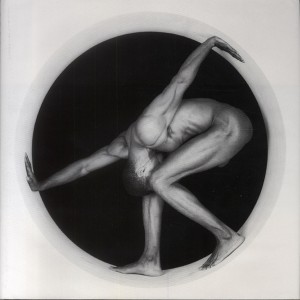
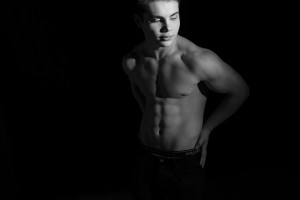
Overall, I think that Greek statues have unconsciously influenced men’s perception of the perfect male form. Greek statues alongside media greatly influence how men and women think about themselves, but the idea for men to have the perfect torso is widely spoken about and published in media, therefore I think that this greatly influences the younger generations, thus making them join a gym to improve their physique. Plato’s idea of the perfect form shows how men unconsciously have a perfect form which they desire to look like, and it is questionable whether everyone has the same form or not. I think that it is clear that when we want to improve our body we do not think that our inspiration came from classical Greek sculptures, but looking back at images from 300BC I think that arguably it is clear that they have a certain degree of influence on modern society and how we view our physiques.
[1] Davidson, J (2015), ‘Naked Ambition’. The Guardian: 16-17
[2] (Mapplethorpe 2004:47)
[3] Davidson, J (2015), ‘Naked Ambition’. The Guardian: 16-17
[4] Davidson, J (2015), ‘Naked Ambition’. The Guardian: 16-17
[5] Davidson, J (2015), ‘Naked Ambition’. The Guardian: 16-17
[6] https://en.wikipedia.org/wiki/Theory_of_Forms
[7] https://en.wikipedia.org/wiki/Theory_of_Forms















